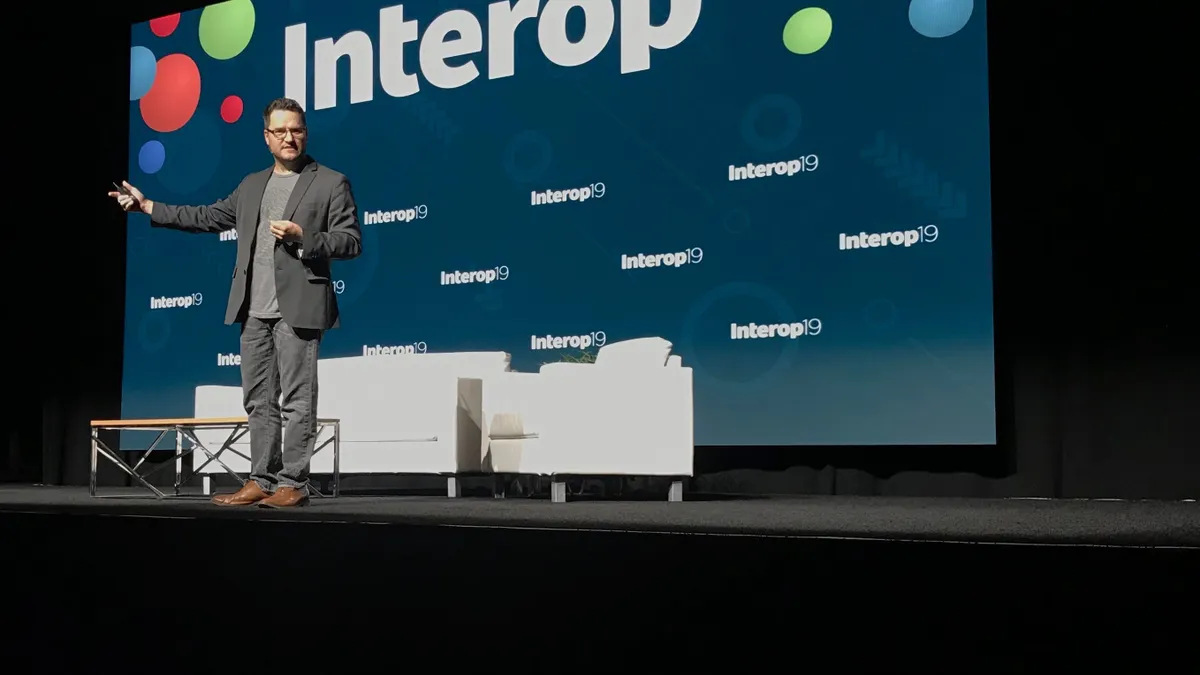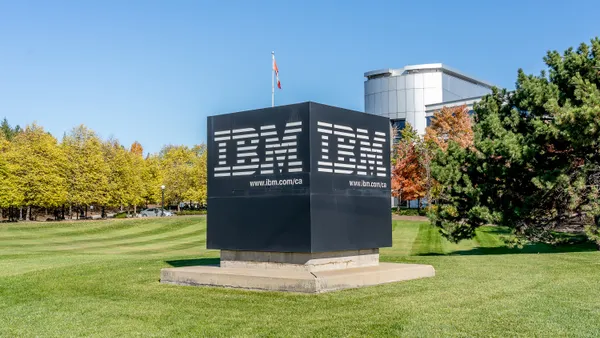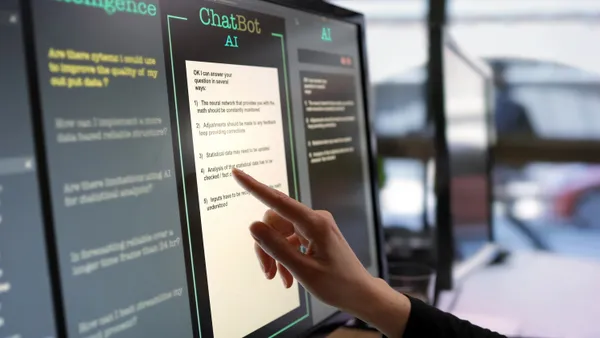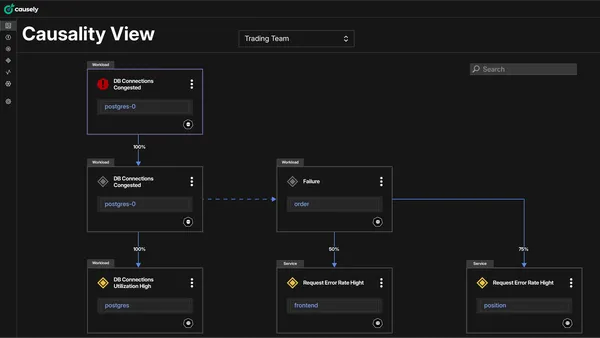LAS VEGAS — A devil and an angel sit on Brian McCarson's shoulders, weighing the balance of interoperability.
"Does my smoke detector in my house need to be able to communicate with a Boeing 777?" asked McCarson, VP and sr. principal engineer in the internet of things group at Intel, speaking last month at the Interop IT conference.
Setting interoperability standards informs how much devices should communicate with one another. If done well, the promise of ambient artificial intelligence emerges, allowing intelligent devices to self discover and communicate, regardless of hard-coded applications.
If interoperability is done poorly, superfluous connections could overburden companies with junk data, blocking the smooth delivery of actionable insights. Whether in consumer-facing or industrial settings, it's up to companies to set rational standards for devices in the internet of things (IoT) realm.
There is little need for unrelated devices to work together, but the possibility of a smoke detector communicating with thermostats or public safety shows potential, McCarson said.
Applied to industry, clear efficiency benefits emerge if manufacturing sectors can communicate directly with logistics operators, which in turn could talk to retail distribution centers or consumers.
Developing an interoperable world requires advancements in technology, standards and open source software. But overthinking its development will slow progress and hinder truly revolutionary projects.
"Perfection shouldn't be the enemy of good," McCarson said. "Trying to achieve one standard to rule them all is not something I think is going to happen in my life time — or any of yours."
Metadata at the root
The success of data relies on the data describing data: metadata.
It's totally meta.
Companies talk about data "flooding" into their cloud, creating a repository akin to the show "Hoarders," McCarson said. If the data lacks context and is not cleansed and filtered well — essentially, data without metadata — it is hard to extract significant value.
In the IoT realm, organizations can only derive rational interoperability if smart objects are paying attention to the metadata. Bridging the cyber and the physical, metadata acts as the blueprint for the smart object world.
"It enables self-description and self-description simplifies application development," McCarson said.
Data organization on the front end creates pathways for devices to sensibly work together, rather than putting collected insights into a junk drawer
"Having everything as an object that has a unique digital ID, where devices, data, metadata and the code associated with that — these are all contained within these things," McCarson said. "That enables microservices to occur at the data level that otherwise you simply cannot take care of."













